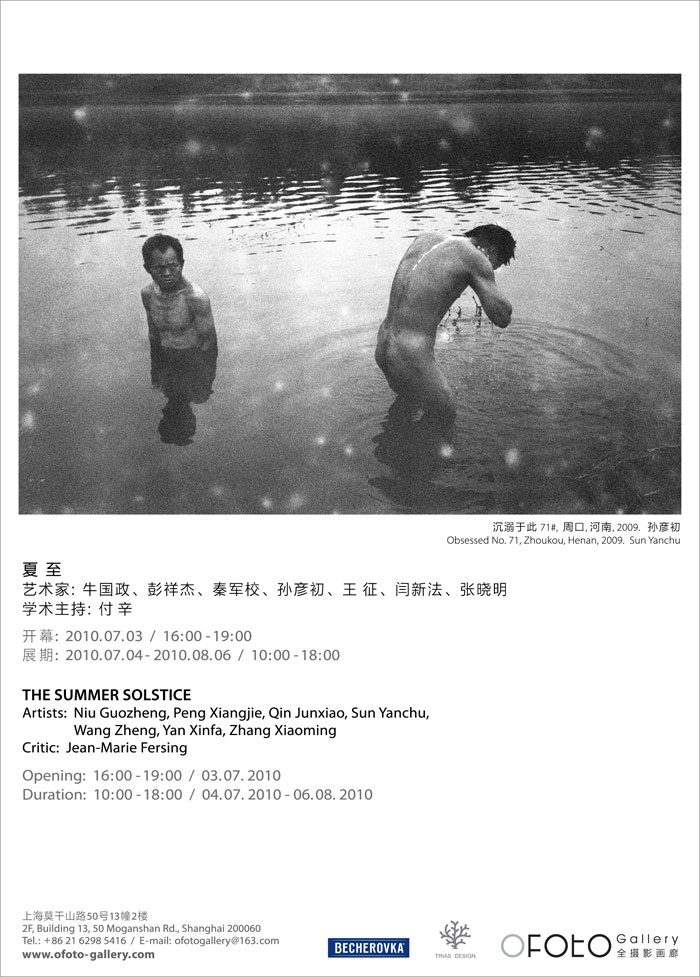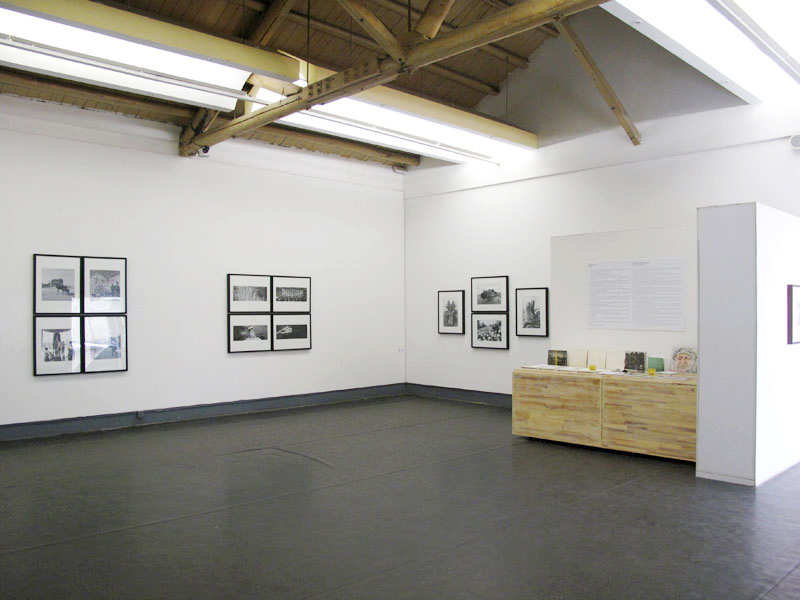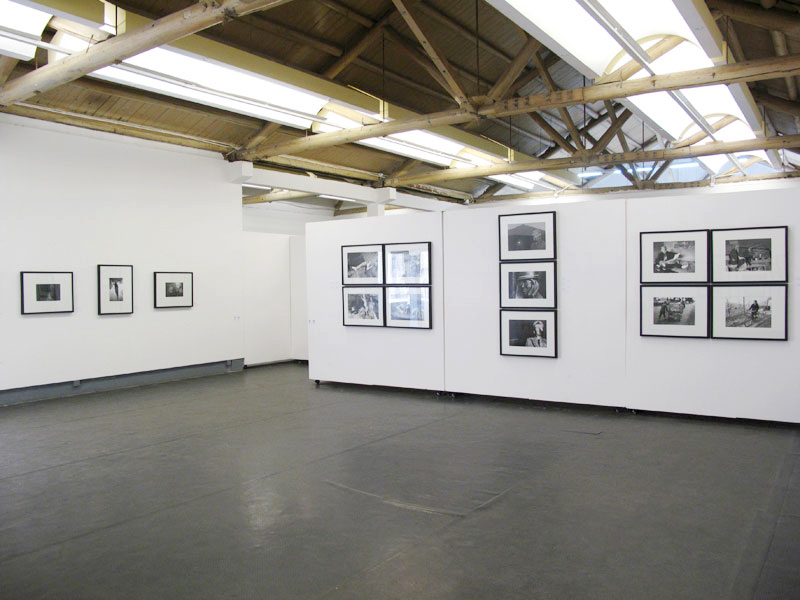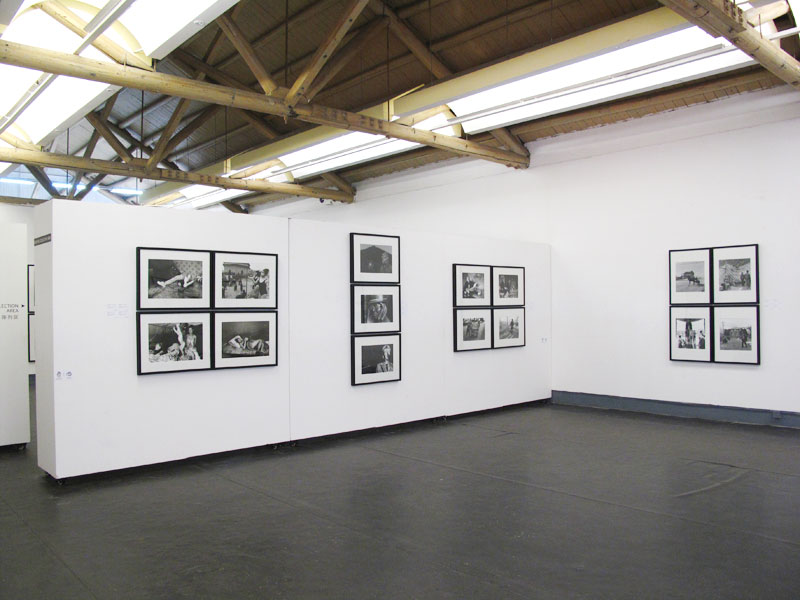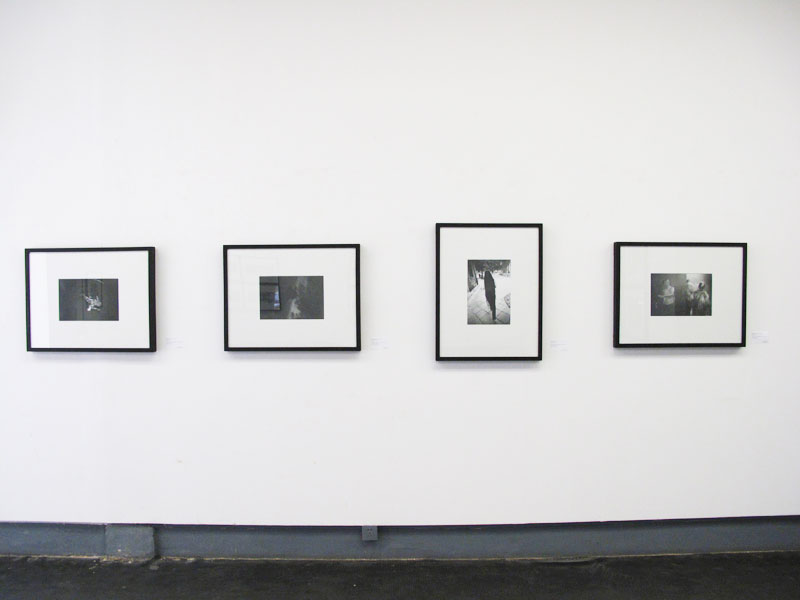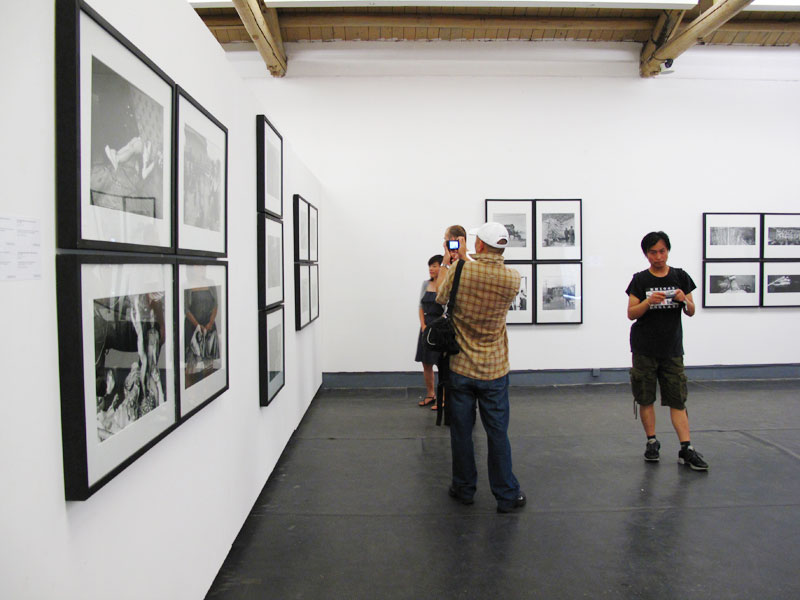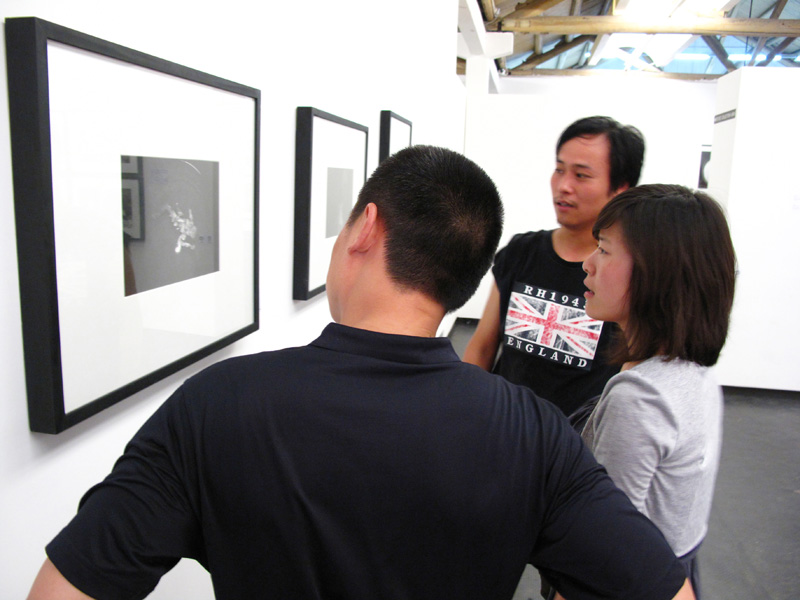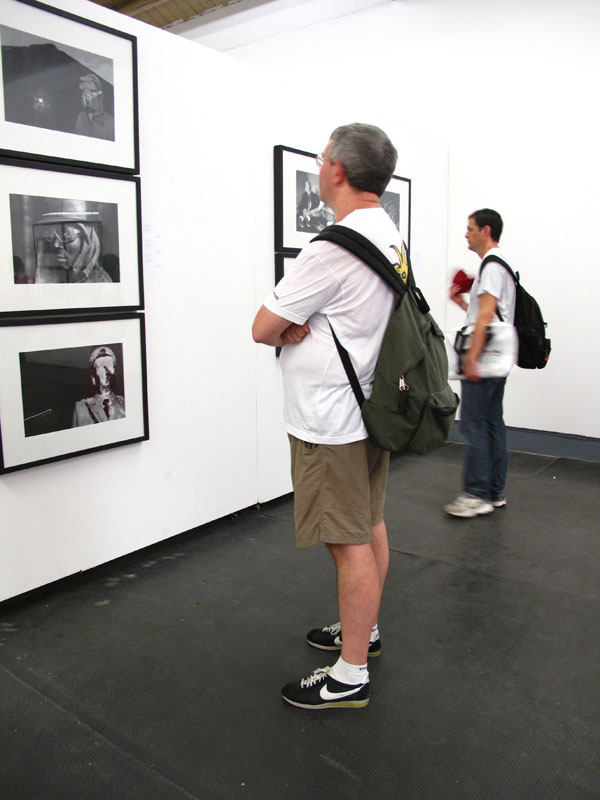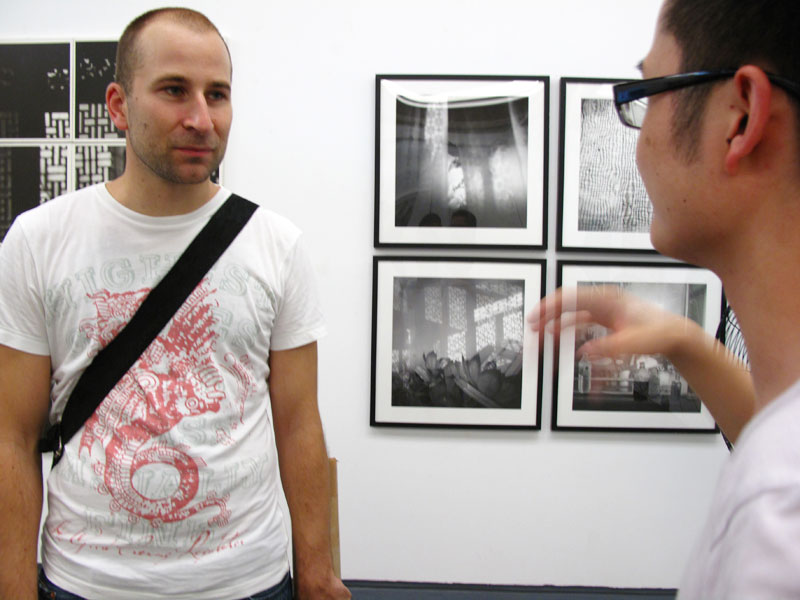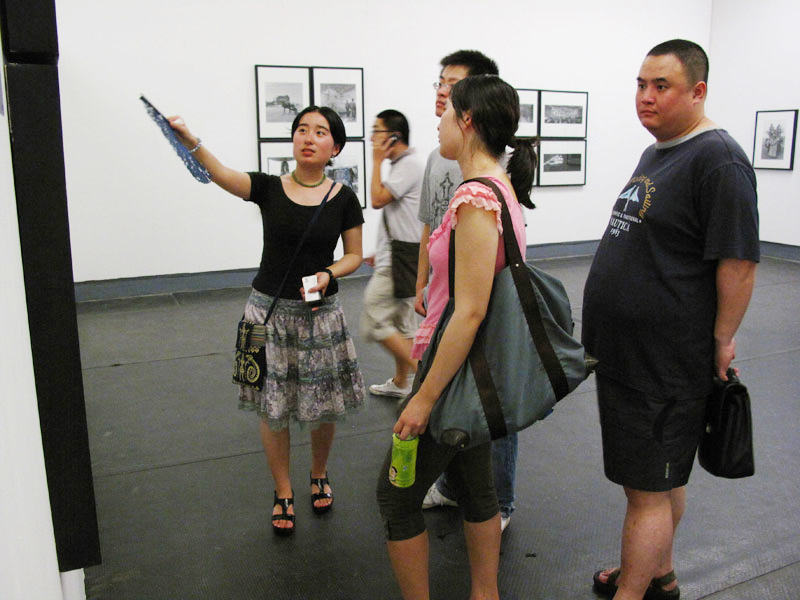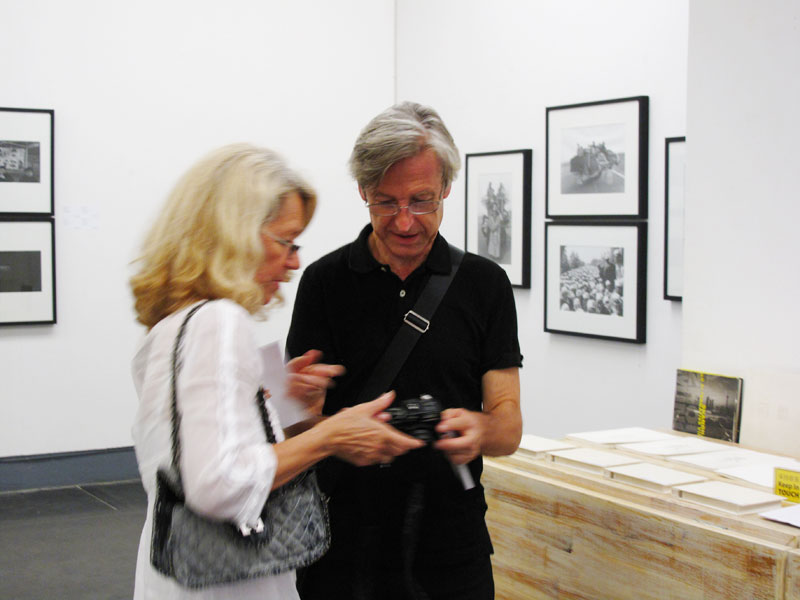by Jean-Marie FERSING
Upon my arrival two and a half years ago, one of the very first exhibitions I saw in Shanghai was an exhibition of Yan Xinfa’s photography. I immediately liked the photographs, especially an image of a peasant women walking in the countryside.
At that time, I had no knowledge of Chinese photographers or their photography.
However, I had been interested in photography for many years, especially in the work of the French humanist photographs, which I admired.
It was a great surprise to me to find that the kind of photographers and styles of photography, which I liked so much and had left behind me in France, were present in China.
Since seeing this first exhibition, I have attended many exhibitions and learned to recognize and appreciate the black-and-white works of the Chinese photographers, who now stand alongside my favourite French masters of humanist photography; Sabine Weiss, Willy Ronis, Edouard Boubat, Robert Doisneau, Henri Cartier Bresson.
All of these artists share a deep interest in humanity, in people, and in people’s real lives.
I am very happy to have the privilege of introducing this exhibition, which displays the work of seven Chinese photographers, linked together by the ways in which they place men, women and children in the heart of their images, and show the reality of our time.
Yan Xinfa’s personal and distinctive approach in his representation of the life-style in the villages of Henan province, will act as historical testimony of thirty years of roaming through the ancient villages of central China.
Peng Xiangjie’s Wandering Tent acts as incredible testimony of the long tradition of circus and striptease troupes travelling through the most remote rural areas of China in order to entertain people. Through his lens, we can touch the reality of their daily lives.
Through Qin Junxaio’s The Last of the Lily-Footed Women, we witness the end of the Chinese women’s history of foot-binding. No commentary is necessary for the truly impressive and sensitive photographs of this unique phenomenon of bygone times.
Niu Guozheng’s images of coal industry workers, reflect the life beyond the industry. His lens magnifies the coal miners without hiding the reality of their hard job.
Wang Zheng’s images of Chinese Muslims in northwest China manifest the importance of their religion; which enables the people to demonstrate a brave and happy attitude and even, in times of need, to tolerate an extremely tough environment.
Zhang Xiaoming’s eye seeks a more modern approach, treating people’s real lives in a very personal and aesthetic way, so as to make them feel almost unreal.
In Sun Yanchu’s Obsessed series, his contemporary, strong and sensitive eye deconstructs various people and situations. His vision brings the unique mood of ‘anytime’, or ‘anywhere’.
All of these photographers are different, but through their individual sensibilities and understanding of the reality of our time, they each show respect and a profound understanding of humanity.
You can feel the heart in their eyes.
